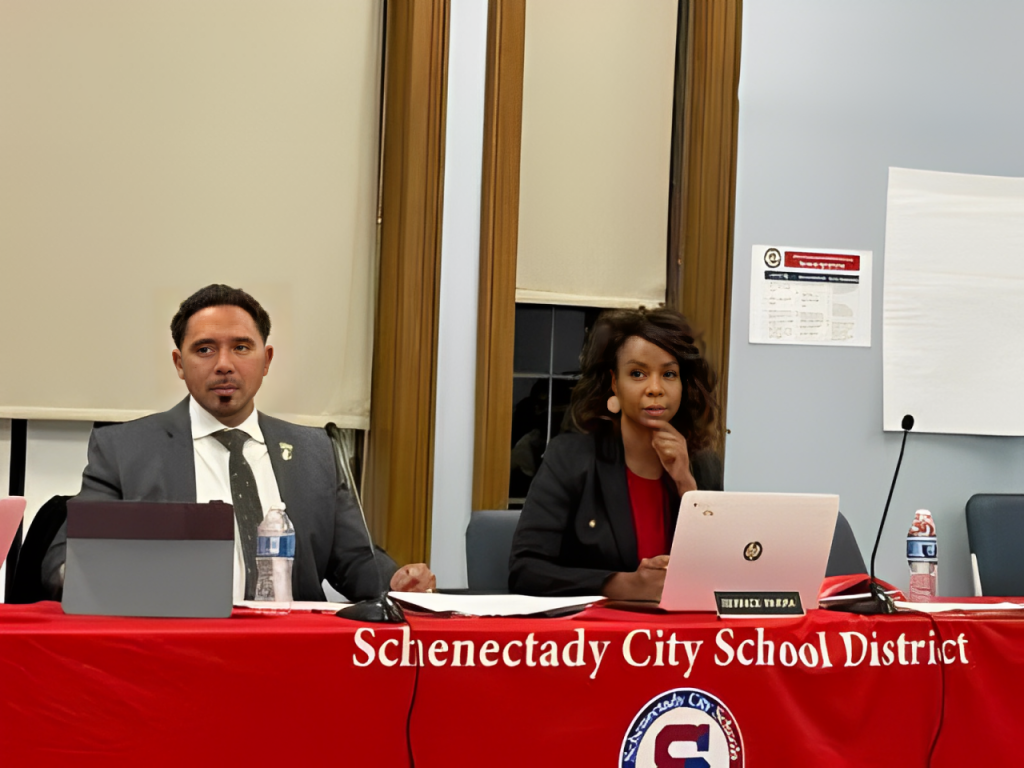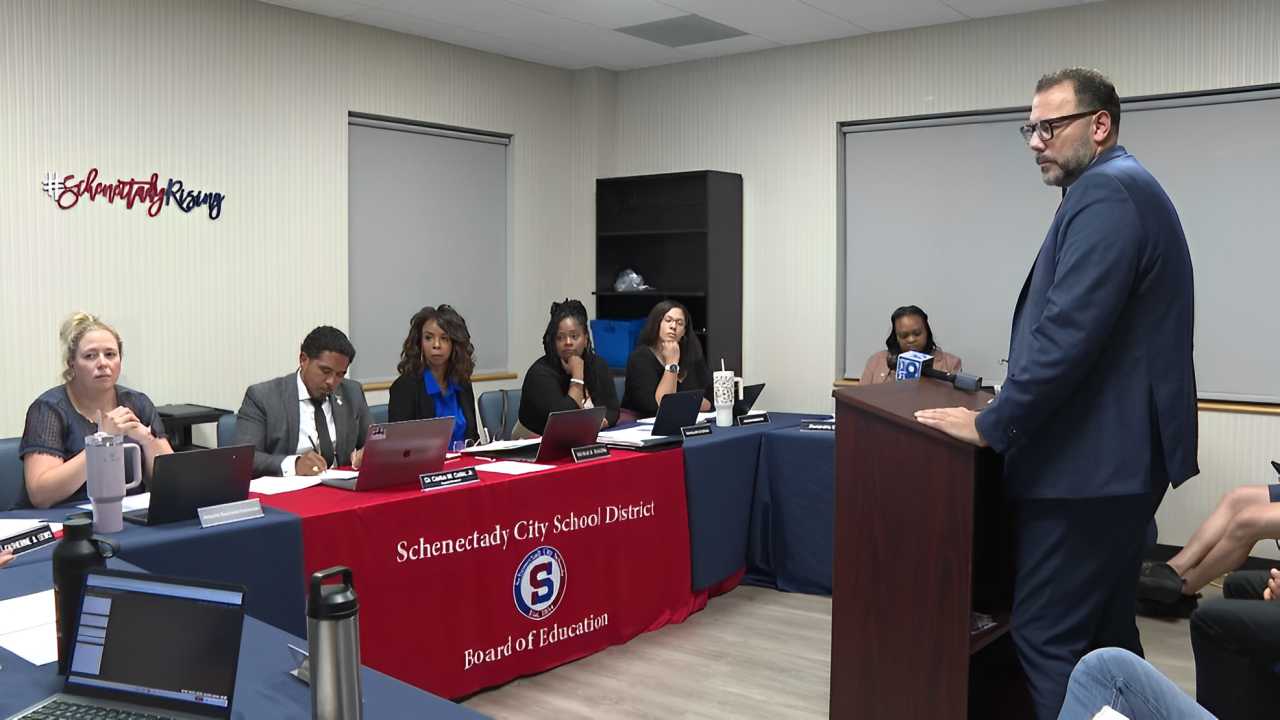Schenectady Schools Introduce Cell Phone ‘Pause’ Policy to Combat Classroom Distractions!
The Schenectady City School District has approved a new policy that could change how students use their cell phones during the school day. In a closely contested 4-3 vote, the school board decided to implement a system that involves using designated “receptacles” to store phones during class hours.
This decision follows extensive discussions about the impact of cell phone use on students and the school environment. The new policy requires students to place their phones in secure receptacles during instructional hours, which the School Board President, Bernice Rivera, describes as a “Cell Phone Pause” rather than a full ban.
Rivera emphasized that the policy does not completely prohibit students from using their phones throughout the school day. Instead, it aims to reduce distractions and mitigate issues such as cyberbullying during instructional time.
“As a parent, my initial gut response is I want that access to my child, and I feel a lot of families feel absolutely the same,” said Nohelani Etienne, Vice President of the Schenectady School Board, highlighting the concerns of many parents who rely on the ability to stay in touch with their children during school hours.
Discussions about this policy come in the wake of a recent school shooting in Georgia, which has intensified the national debate over restricting cell phone use in classrooms. Some argue that limiting access to phones could leave students vulnerable in emergencies, while others believe it is essential to create a more focused and safe learning environment.
Supporters of the policy argue that reducing cell phone use in classrooms can help minimize distractions, improve student engagement, and reduce incidents of cyberbullying.
However, not all board members were in favor of the change. Board member Jamaica Miles raised concerns about the lack of research supporting the effectiveness of cell phone restrictions in schools.
“Policy related to cell phones and the expansion of banning cell phones happened before Columbine and then was rolled back after Columbine; those things happened, but we don’t have peer-reviewed research on cell phones,” said Miles.

She added that while some school districts have reported decreases in cyberbullying incidents, there is no clear evidence linking these outcomes directly to cell phone bans.
Despite the mixed reactions, the board’s approval means the policy will now move forward. Schenectady City School District Superintendent Dr. Carlos M. Cotto Jr. will oversee the implementation process, ensuring that the policy is enforced consistently across all schools in the district.
Currently, lockers in high schools are being used as makeshift receptacles for phones. Still, the district is exploring other options, including the use of Yondr pouches, a type of secure phone holder that keeps devices locked away during class.
Rivera acknowledged the challenges of finding a balance between limiting phone use and maintaining communication between students and their families. “It’s interesting because if the students have their phones in the locker, it would be difficult for them to communicate with parents versus if they have them on them in person,” she noted.
The school board’s goal is to establish a uniform policy across all 18 schools in the city. An update on the implementation plan is expected in November. The policy represents a cautious step towards managing cell phone use in schools, reflecting a broader trend of schools nationwide grappling with the role of technology in education.
Other districts considering similar measures will closely watch the policy as it rolls out. The debate over cell phone use in schools is far from over, but for Schenectady, the focus is now on creating a classroom environment where students can learn with fewer distractions.

